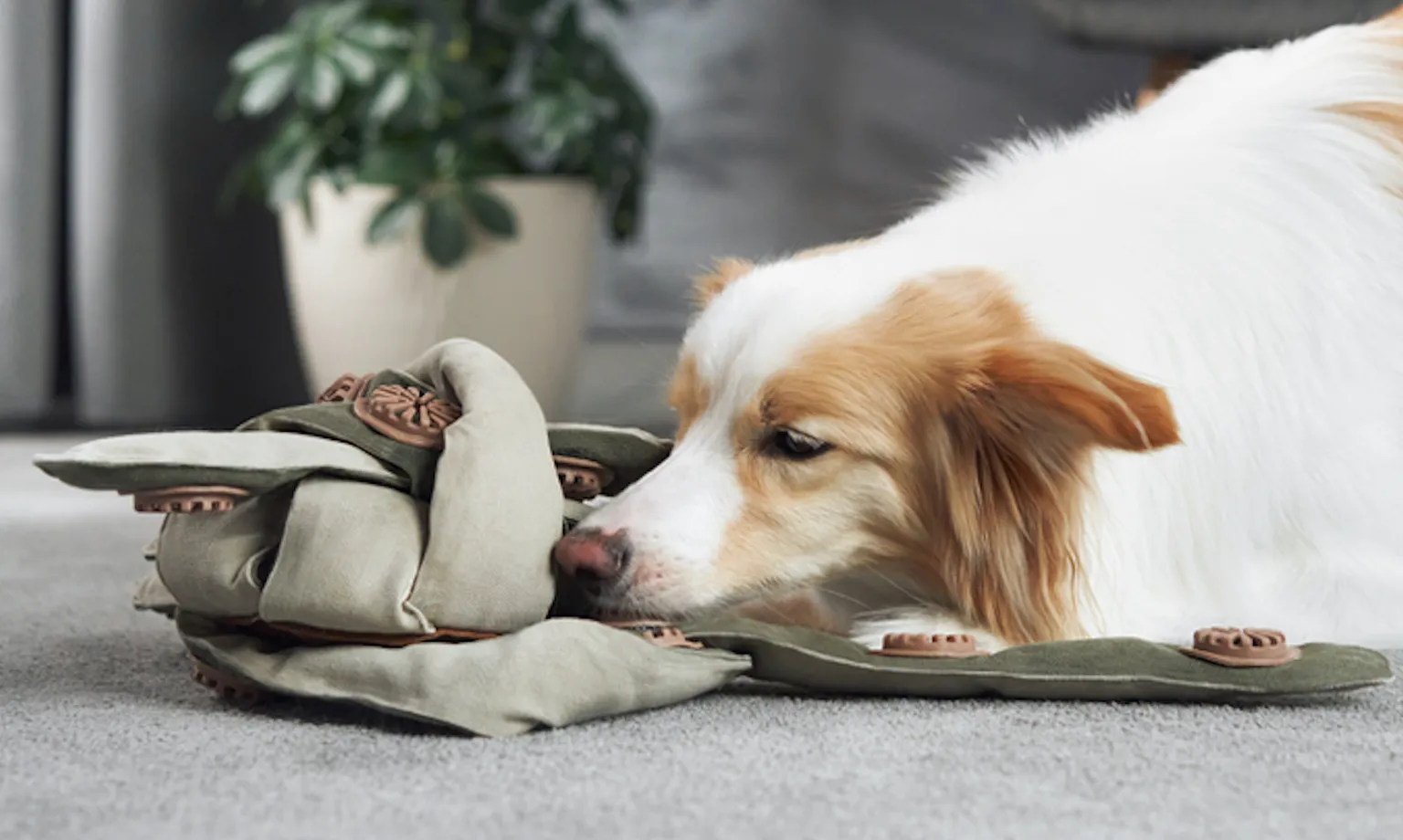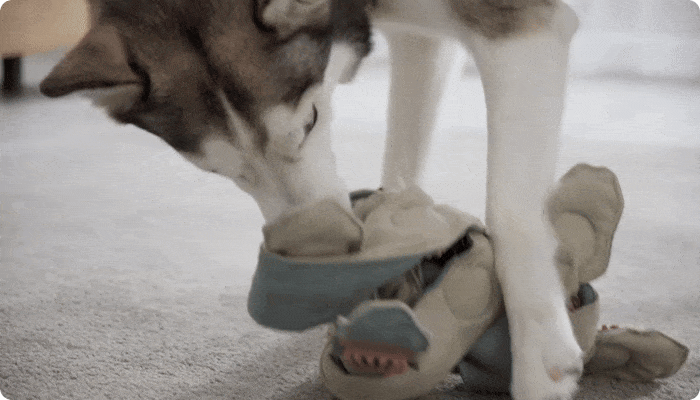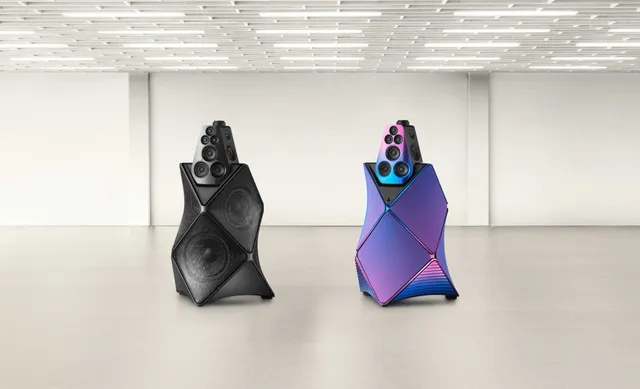Frank the Dogtopus Bets Smart Design Equals Smarter Dogs
Frank the Dogtopus is a premium, sustainable dog toy designed to engage dogs mentally and physically. it features a puzzle-like design with treat pockets and a knot system to keep dogs entertained. The brand targets modern, eco-conscious dog owners who value design and their pet’s well-being.

The Setup
Frank the Dogtopus is betting that when good design meets canine psychology it can result in products that appeal to the modern pet parent and their dog alike.
Made from recycled fire hoses and natural rubber, this eight-legged puzzle toy turns a dog’s instincts into a challenge worth solving. Each tentacle hides multiple treat pockets. You knot them, load them, and watch your dog spend half an hour sniffing, tugging, and untying to earn every reward.
It’s actually low-tech, sustainable, and focused on the behavioral. The state of play is destruction as intelligence. It’s a twist on the latest dog toy puzzle trend. The inflection point for the product is that most dogs are not being “bad.” They are bored. Frank gives them a job to do and a puzzle to solve. That is design empathy in its purest form.
For owners, it is also a lifestyle upgrade. Durable enough to survive, good-looking enough to leave out, and made from materials that align with eco-conscious values. It hits that sweet spot where design, psychology, and sustainability overlap.
The Breakdown
Ian Stack | TCF
Brand Positioning and Identity
Frank the Dogtopus positions itself as a premium, intelligent, and sustainable dog toy that redefines what “play” means for pets. The identity leans on smart simplicity: low-tech but high-engagement, durable but inviting, natural but fun. It is not just a toy; it is an enrichment tool that taps into canine instincts while reflecting human values of sustainability and thoughtful design.
Target Segment and Audience
The target audience is modern dog owners who see their pets as members of the family, especially urban or suburban professionals with disposable income and a concern for sustainability. They are design-conscious buyers who prefer products that look good in their homes. These consumers understand the link between mental stimulation and well-being for both people and animals.
Messaging and Storytelling
The storytelling is personal and emotionally resonant. The campaign is narrated in the first person, by both the toy and its creator, blurring the line between product and personality. It uses humor, empathy, and education to connect with pet owners on both a functional and emotional level. “I’m Frank the Dogtopus, and my favorite game is Detective” turns a toy into a character and a mission. The message is clear: dogs are not destructive, they are intelligent and under-stimulated, and this toy is the remedy.
Experience and Journey
The journey begins with empathy for the problem of dog boredom, then curiosity about the solution, then relief and joy as the product delivers results. The owner feels both clever and caring, solving a real behavioral challenge through design. The reward is mutual: 35 minutes of mental stimulation for the dog and 35 minutes of peace for the human.

Community and Culture Insight
This campaign taps into the modern idea that pet care is about enrichment and emotional well-being, not just entertainment. It connects to three strong cultural movements: the pet care boom, the sustainability movement, and mental health awareness. Within Kickstarter culture, it also appeals to the audience that values creativity, problem-solving, and independent design.
Differentiation and Unique Selling Point
Frank the Dogtopus differentiates itself through both materials and intent. Made from recycled fire hoses and natural rubber, it is nearly indestructible while remaining gentle on teeth and safe for the environment. Its modular “treat pockets” and knot system create a puzzle that can be adjusted for difficulty, keeping dogs engaged longer. The unique selling point is that it is not a disposable chew toy but an evolving enrichment tool that grows with the dog’s intelligence.
Design Language
The visual design language is cheerful, tactile, and modern. Colors like green, turquoise, and beige suggest natural materials while remaining playful and approachable. The brand voice mirrors this aesthetic: friendly, clever, and optimistic. The packaging and visuals feel like they belong in a design-conscious home rather than a pet aisle. From a design thinking standpoint, every element is built around empathy and behavior—solving for canine boredom while simplifying life for owners.
The Marketing Pitch
Frank the Dogtopus is a toy that exercises your dog’s brain, not just its teeth. Built from recycled fire hoses and natural rubber, it turns playtime into a puzzle that satisfies curiosity and burns energy. It is sustainable, durable, and genuinely engaging—a smarter way to play that gives dogs purpose and owners peace.
Is It A Winning Pitch?
Would you consider this another dog toy, or a thoughtful toy design made to entertain dogs while staying sustainable?


